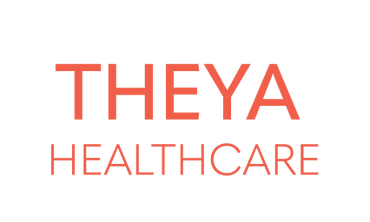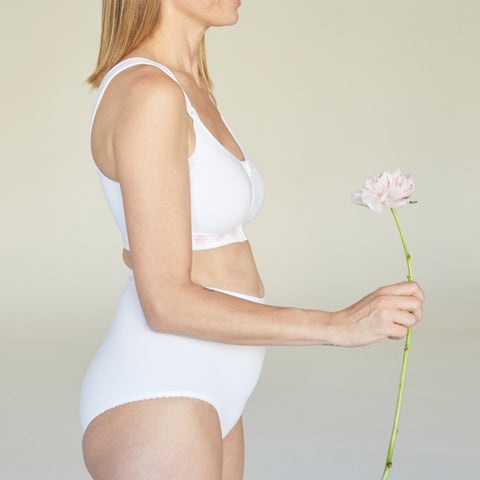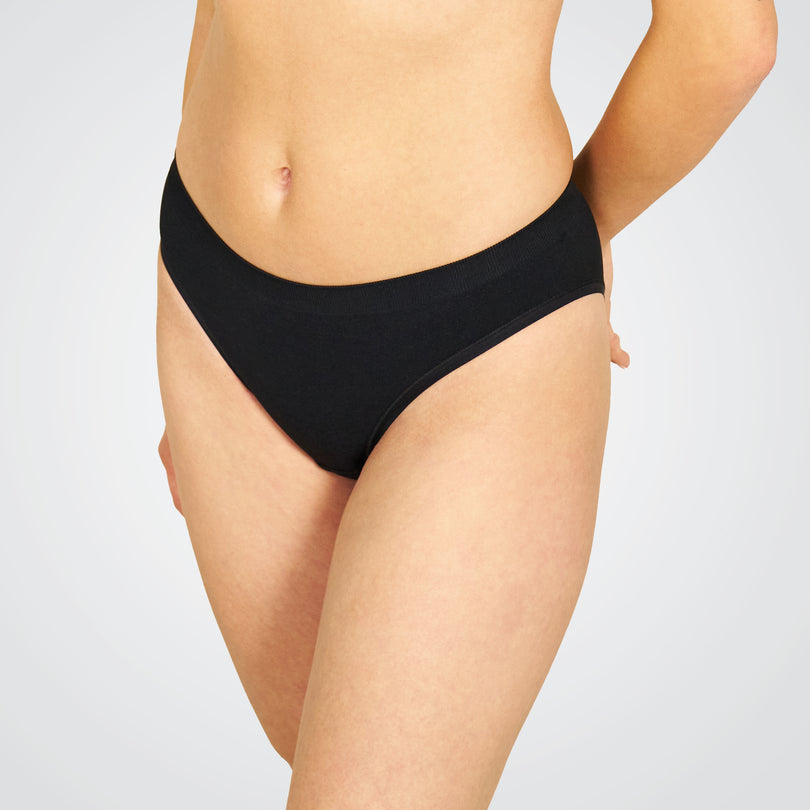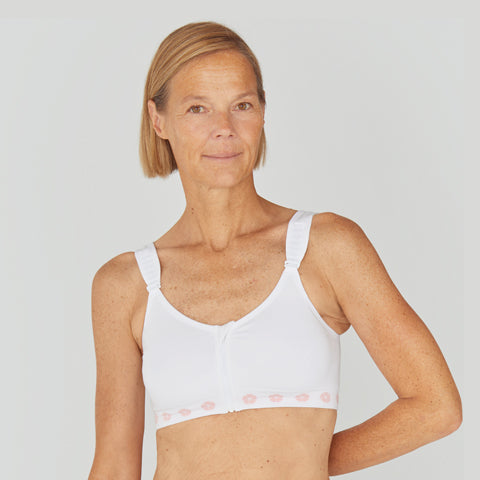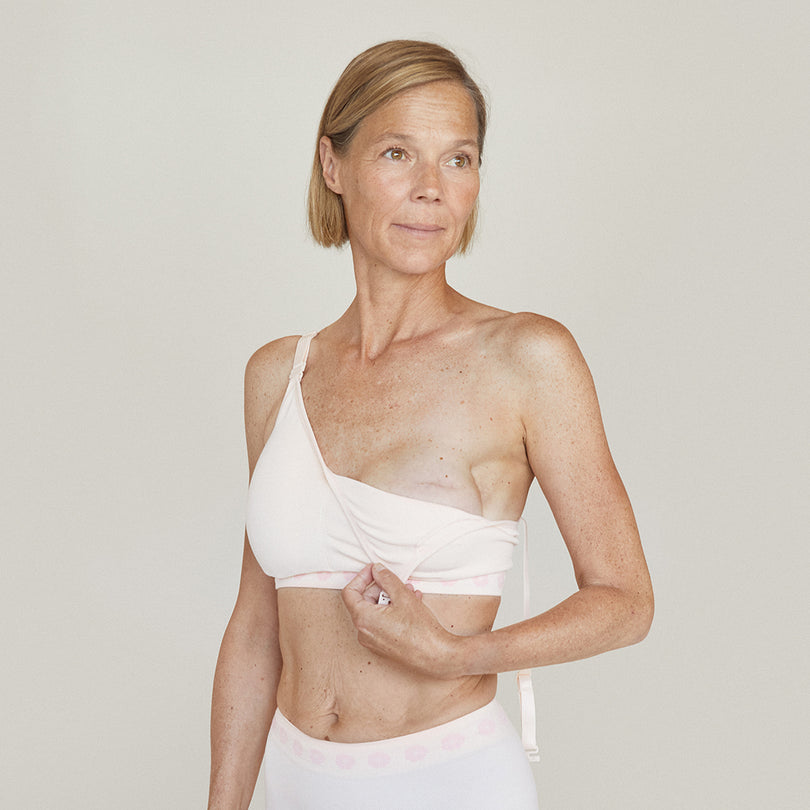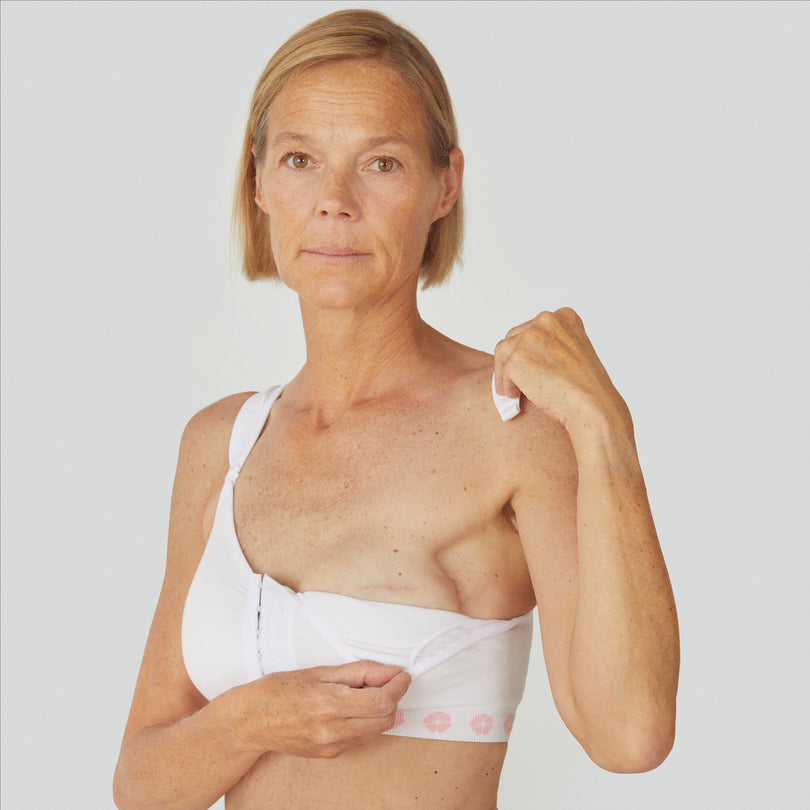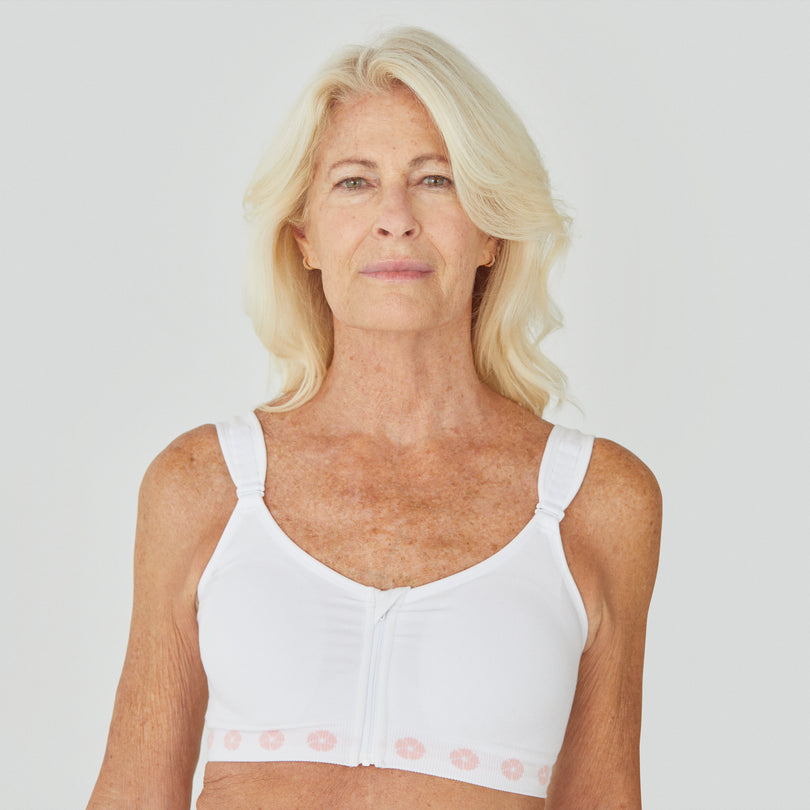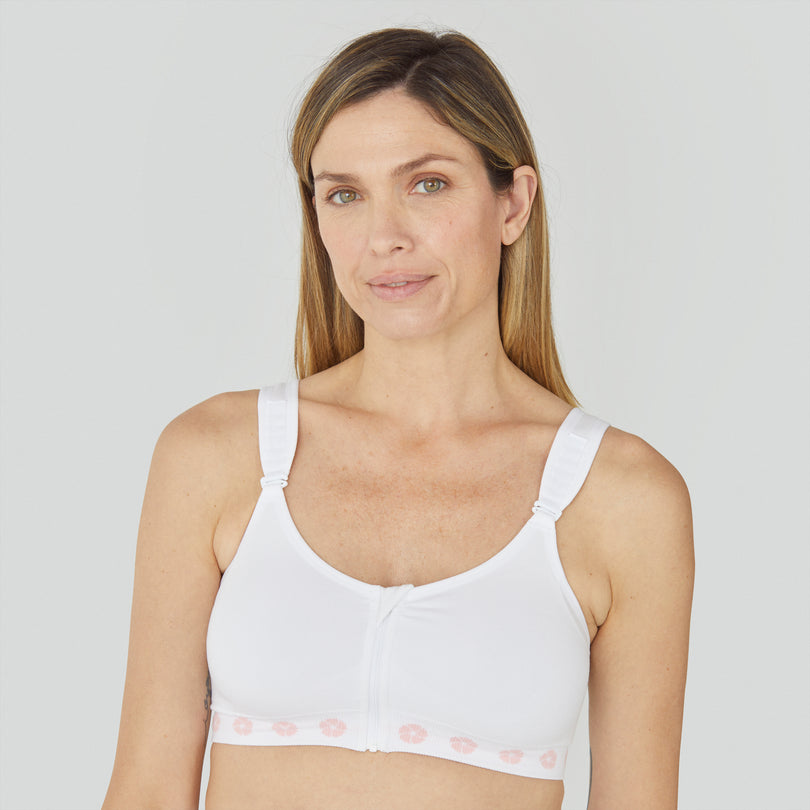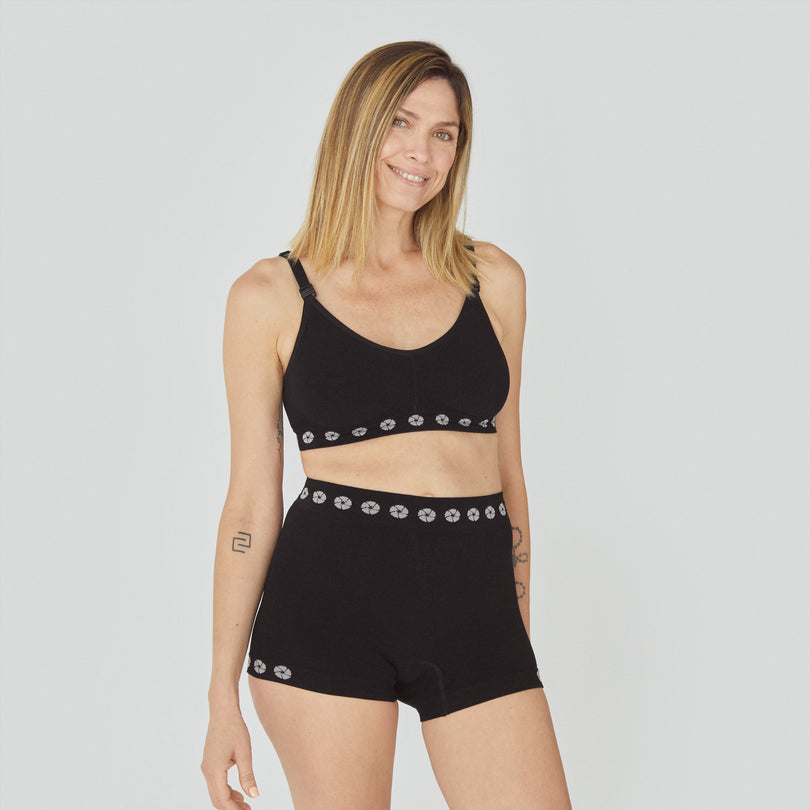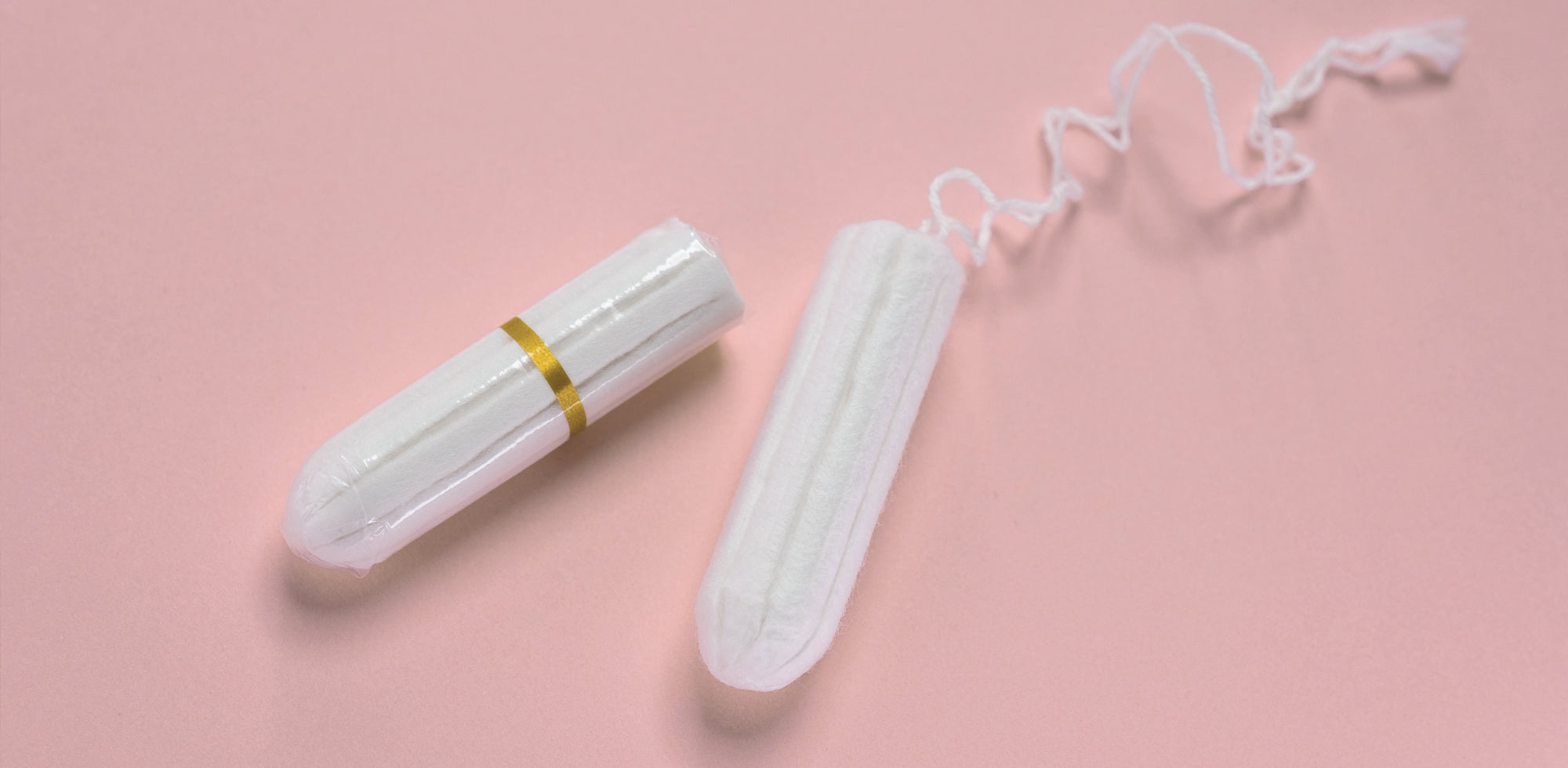Disposable tampons and pads have recently been categorised as a medical device in the US, but in Europe they are not even classified as such as they do not treat a disease. However, the EU is looking at tightening consumer laws to ensure that menstrual products are obliged to list their components.To make matters worse in most countries these products do not list what theycontain or are so vague so as to tell you nothing of the potential dangers.The food we eat, the clothes we buy, the creams we use on our skin they all list what they are made of but most period products (many of which are placed internally such as tampons) do not list what they are made of. They contain items such as chlorine, fluorine, plastic, glue, pesticides, bleach and many more.This is why we decided to take a closer look at what one of the world's largest tampons company’s list as to what is contained in a tampon and what it actually means to you the consumer because it is not immediately obvious to the reader. The tampon company listed the titles on their website and we have explained what these terms mean:
Rayon
Rayon is a manufactured cellulose material made from a polymer derived from wood pulp. Rayon is produced by dissolving the cellulose, then converting this solution back to insoluble fibrous cellulose.
Cotton
Cottonis derived from plants. Cotton fibres are obtained from the fruits of cottonplants. The fruits of the cotton plant (cotton bolls) are about the size of alemon. After maturing, the bolls burst open and the seeds covered with cottonfibres can be seen.
Polypropylene
Polypropylene
is derived from hydrocarbon fuels like petroleum oil.
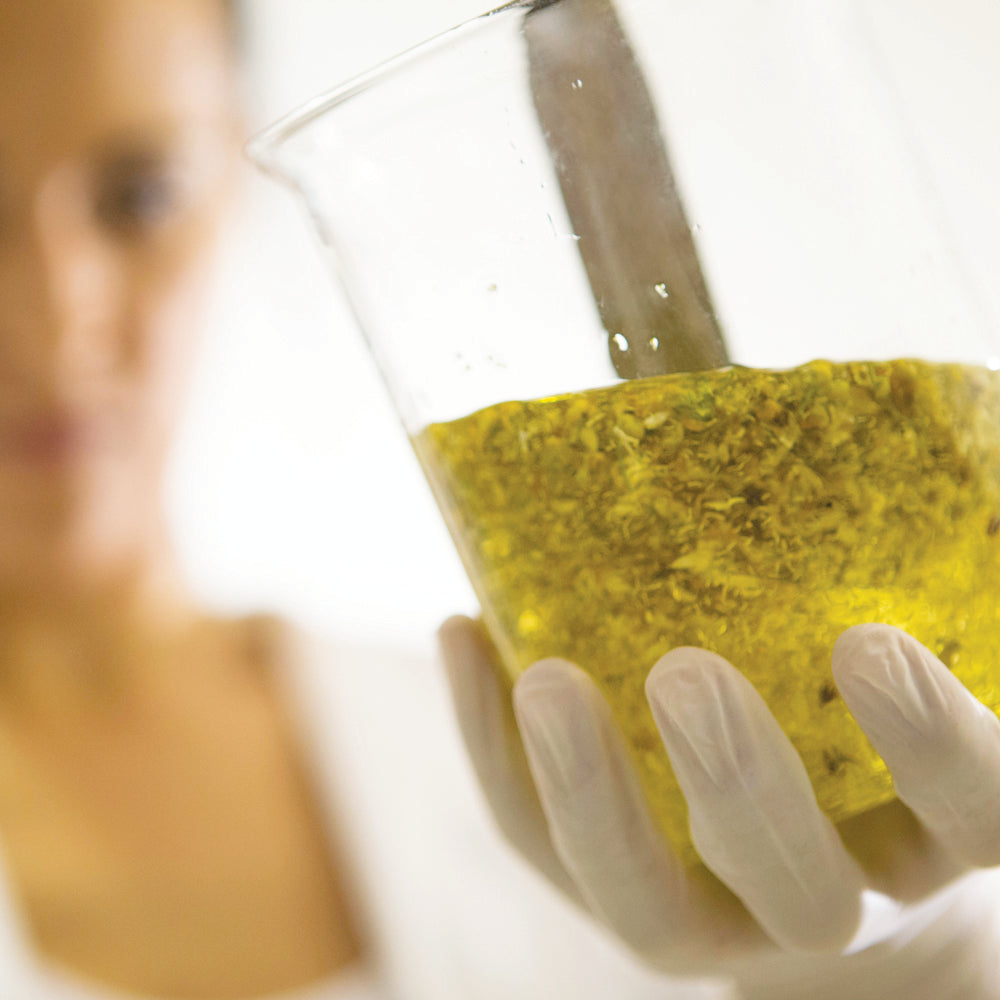
Ethoxylated Fatty Acid Esters
Fatty Alcohol Ethoxylate is a clear liquid substance based on the components Fatty Alcohol (FA) from the oleochemical chain and Ethylene Oxide (EO) from the petrochemical chain.
(Oleochemicals are derived from naturally occurring fats and oils from vegetable and animal sources. Petrochemicals are chemical products obtained from petroleum by refining.).
Polypropylene
Polypropylene
is derived from hydrocarbon fuels like petroleum oil.
Polyester
Thread that sews tampon together. Polyester is made from fossil fuel-based chemicals, the primary raw material of which is crude oil.
Glycerin
Coating that helps
fibers wick fluid. Glycerin, also known as glycerol, is a natural compound derived from vegetable oils or animal
fats.
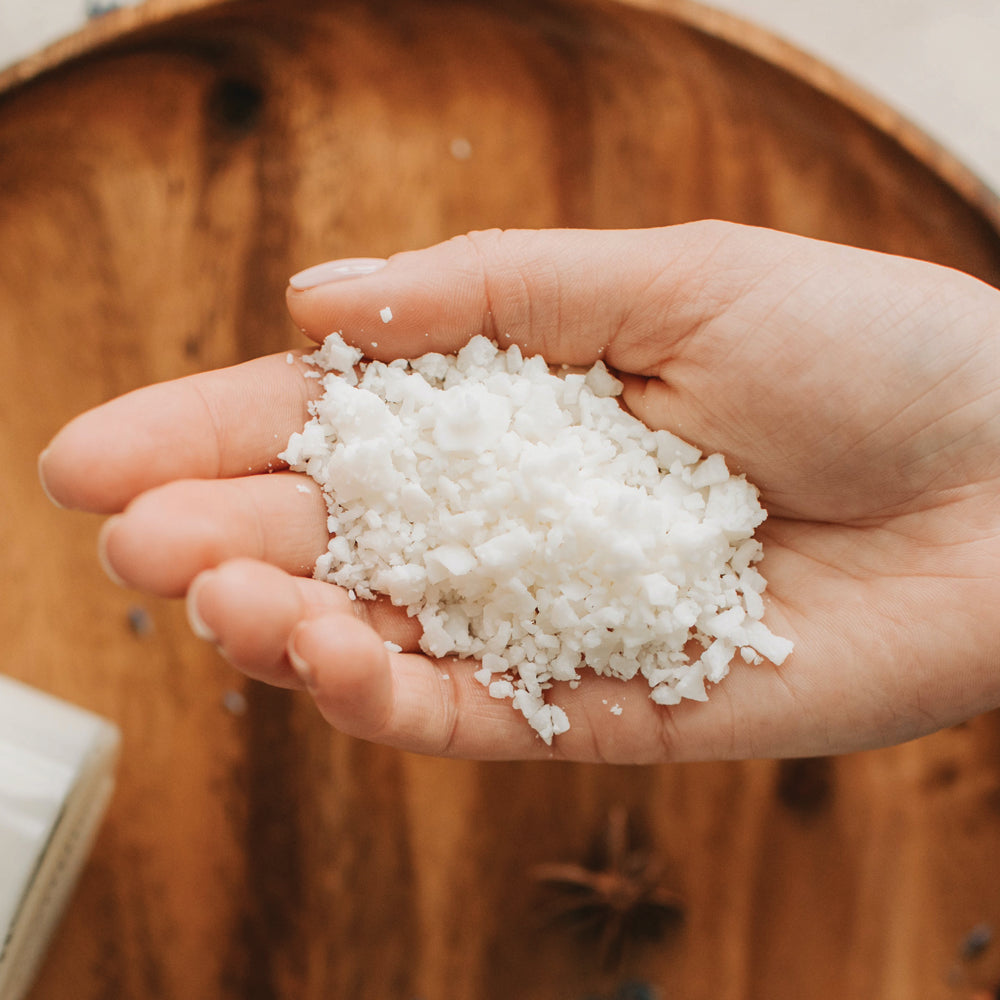
Parrafin Wax
Wax that helps keep string clean
Paraffin wax (or petroleum wax) is a soft colourless
solid derived from petroleum, coal, or oil shale
PEG-100 Stearate
Coating that helps fibers wick fluid.
PEG-100 Stearate is the polyethylene glycol ester of stearic acid. Stearic acid generally occurs naturally in coconut or palm oil. The 100 here refers to the quantity of ethylene oxide monomers that is present in the compound. Since it is made synthetically, PEG-100 Stearate is not natural.
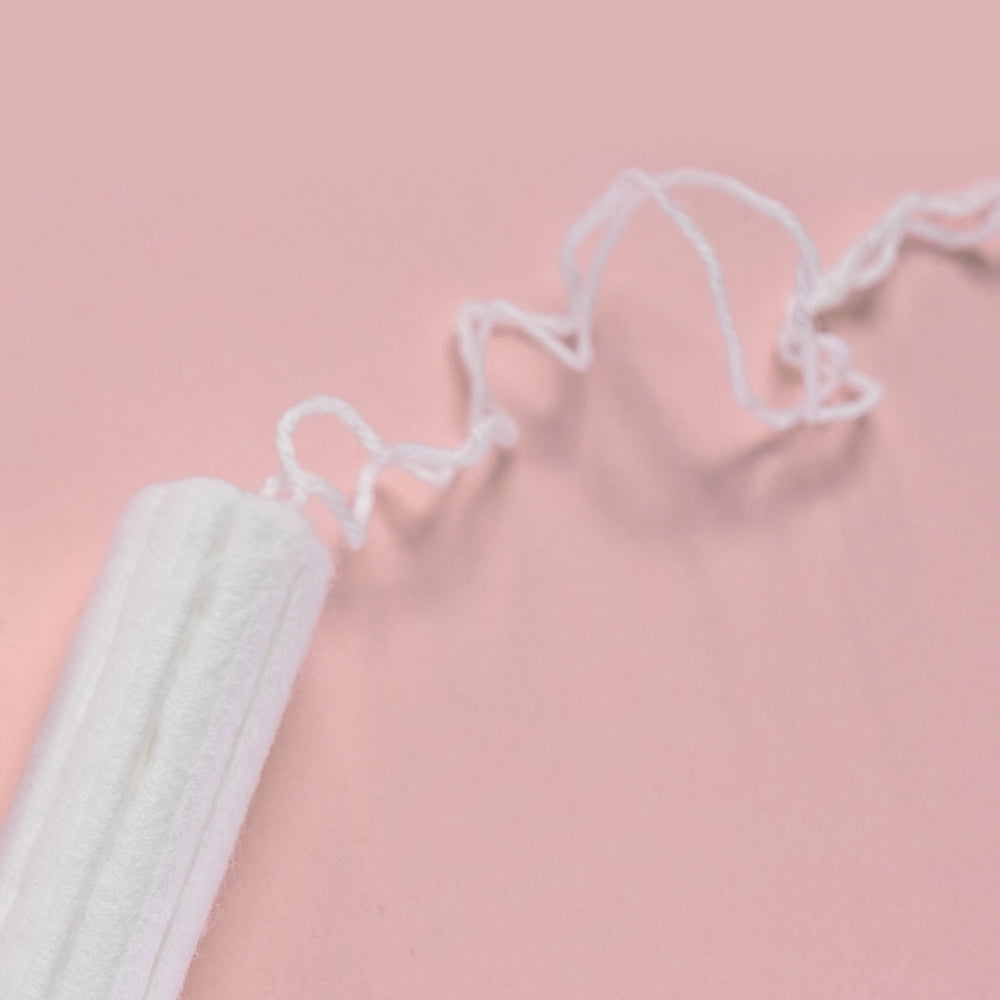
Titanium Dioxide
Titanium dioxide (TiO2) is used as a delustrant (reduces sheen or shine which makes products appear whiter). The principal natural source of titanium dioxide is mined ilmenite ore, which contains 45-60 percent TiO2. From this, or an enriched derivative (known as titanium slag), pure TiO2 can be produced using the sulphate or
chloride process
As you can see tampons contain many harmful substances derived mainly from fossil fuels. You are placing them internally for an average of 5 days a month with no idea the harm they could inflict on your body and with no warnings being given to you by the tampon manufacturers.
Moving to reusable sustainable products is the safest way of ensuring your health, helping the planet and saving you money.
